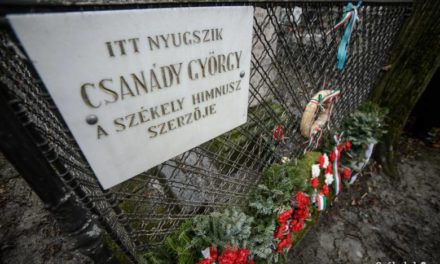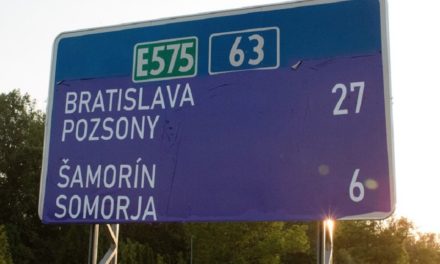According to Zsolt Németh, Hungarian national politics started "situation-creating" with the establishment of the Sapientia Transylvanian Hungarian University (EMTE) twenty years ago.
The chairman of the Foreign Affairs Committee of the Parliament recalled the circumstances of the foundation of the university at the podium discussion entitled Sapientia EMTE held at the Hungarian Days in Cluj-Napoca. Zsolt Németh believed that the establishment of EMTE, financed by the Hungarian state, stimulated Hungarian higher education in Romania in an indirect way, as it caused a kind of "demonstration effect" in Romanian public universities that also teach in Hungarian.
"Sapientia was the engine, the domino, of the entire state Hungarian-language higher education"
- declared the chairman of the committee, who twenty years ago as the parliamentary secretary of the Ministry of Foreign Affairs advocated and supervised the establishment of a Hungarian university in Romania.
Zsolt Németh believed that the creation of the Hungarian university was also a kind of historical justice , since the fight for it accompanied the Hungarian political history in Transylvania in the 20th century. He recalled: in 1919, a Romanian university was established in Cluj on the site of the Ferenc József University, then the Bolyai University of Cluj, established after the Second World War, was merged with the Romanian-language Babes University in 1959, and in 1969 the Medical and Pharmaceutical University of Marosvásárhely (MOGYE) also lost its its Hungarian institutional character by starting training in the Romanian language for party instructions.
Zsolt Németh stated: the Hungarian state must support the realization of the goals set by the Transylvanian Hungarians.
However, he considered it an absurd situation and discrimination against Transylvanian Hungarians that the Hungarian national community of 1.2 million does not have a state university in Romania and Babes-Bolyai University (BBTE) and Emil Palade Marosvásárhely University of Medicine, Pharmacy, Science and Technology (MOGYTTE ) did not create Hungarian faculties with independent decision-making powers.
"This discriminatory situation is unsustainable," he declared. He added that while Transylvanian Hungarians make up almost seven percent of Romania's population, only two percent of Romanian higher education students study Hungarian. He believed that while Hungarians are taxpayers of Romania in the same way as Romanians, they have the right to a state-run Hungarian-language university. He believed that inadequate teaching of the Romanian language also contributes to the low proportion of young Hungarians in higher education in Romania. "Unceasing efforts should be made to improve the Romanian language skills of Hungarian children by orders of magnitude," he added.
Zsolt Németh considered it a political issue whether Sapientia, which fulfills a state task in Romania, receives state support. However, he believed that the Romanian state could become the maintainer of Sapientia if a broad Hungarian autonomy was established within the framework of the Romanian state.
Tibor Misovicz , secretary of the Maecenas Universitatis Corvini Foundation, which maintains the Corvinus University in Budapest, recalled: the creation of Sapientia also meant the recognition that
attempts to establish a state Hungarian university in Romania failed.
Tibor Misovicz once supervised the establishment of Sapientia as the economic deputy president of the Office of Hungarians Beyond the Border.
Márton Tonk , rector of Sapientia EMTE, said: twenty years ago, Hungarian higher education in Romania was tipped out of its seemingly hopeless situation by "cutting a Gordian knot". He thought it likely that
A paradigm shift is also needed in Hungarian medical education in Romania.
He added: if necessary, Sapientia will also provide medical training. However, this requires clinics, hospitals and cooperation with the health insurance company, as well as the fact that the Hungarian medical community in Transylvania "pulls the cart in one direction".
MTI
Photo: Zoltán Balogh / MTI












